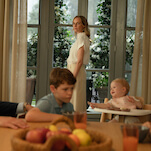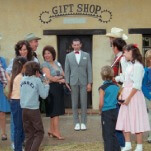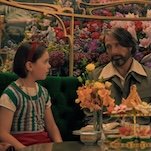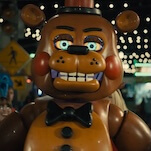Guillermo Del Toro’s Cabinet Of Curiosities is scary good
The famed director proves the perfect host and tastemaker with his Netflix anthology horror series
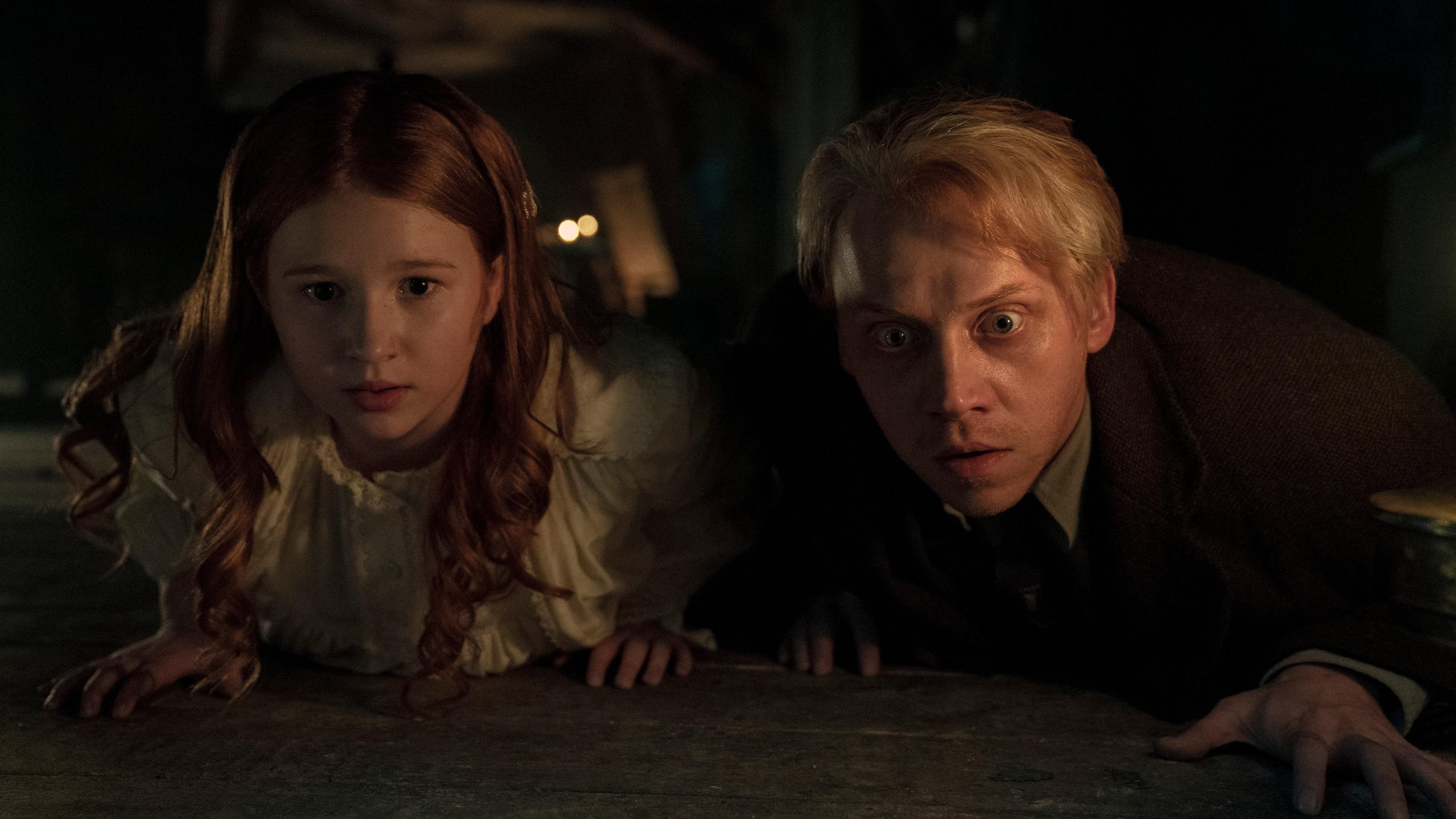
At the start of every episode of Netflix’s latest anthology horror series, Guillermo Del Toro’s Cabinet Of Curiosities, audiences are greeted by the Oscar-winning director. Introducing each new tale in front of an actual cabinet of curiosities, the Pan’s Labyrinth filmmaker immediately evokes both Alfred Hitchcock Presents and Rod Serling’s The Twilight Zone. And the comparisons are apt, if readily welcomed. After all, del Toro’s first foray into television finds him playing host and tastemaker to a stellar roster of horror and thriller storytellers who remind us why this genre remains fertile ground for exploring today’s most relevant issues.
But maybe we should pause and explain why del Toro picked the “cabinet of curiosities” as both title and concept for the show. As he explains in the series’ opening episode (the Guillermo Navarro-directed “Lot 36,” written by Regina Corrado from an original del Toro story): “In centuries past, when the world was full of mystery and traveling was reserved for the very few, a new form of collection was born.” The cabinet of curiosities, which could be a building or an actual piece of furniture, housed any and all sorts of things. And tied to every one of its objects was a story. At the top of every installment, he opens up the titular wood-carved cabinet and offers us an object that will prove crucial to these stories (a set of keys, say, or a remote control).
These opening interludes help elucidate the way the series approaches its genre trappings. The cabinet of curiosities, after all, serves as much as a structural conceit as a metaphor for the anthology setup. Del Toro wants to remind us that scary stories can and do begin with the most mundane of objects—but also that the very act of storytelling, the craftsmanship of such narrative flair, lies on the filmmakers are the heart of this anthology series. It’s why every introduction places such objects next to carved figurines of the directors helming each episode.
Indeed, each installment, which boasts directors like Panos Cosmatos (Mandy), Jennifer Kent (The Babadook, The Nightingale), and Catherine Hardwicke (Thirteen, Twilight), is, like the beautiful eponymous wooden cabinet, expertly crafted. The attention to detail in everything from thrill-inducing soundscapes that conjure dug-up graves to meticulously art-directed spaces that are truly haunting elevates these terrifying short horror tales about such timeless themes as greed, pride, and vanity, all while dredging up devilish takes on zombies, rat kings, vengeful demons, and, of course, the most horrific villain one can think of: capitalism itself.





























